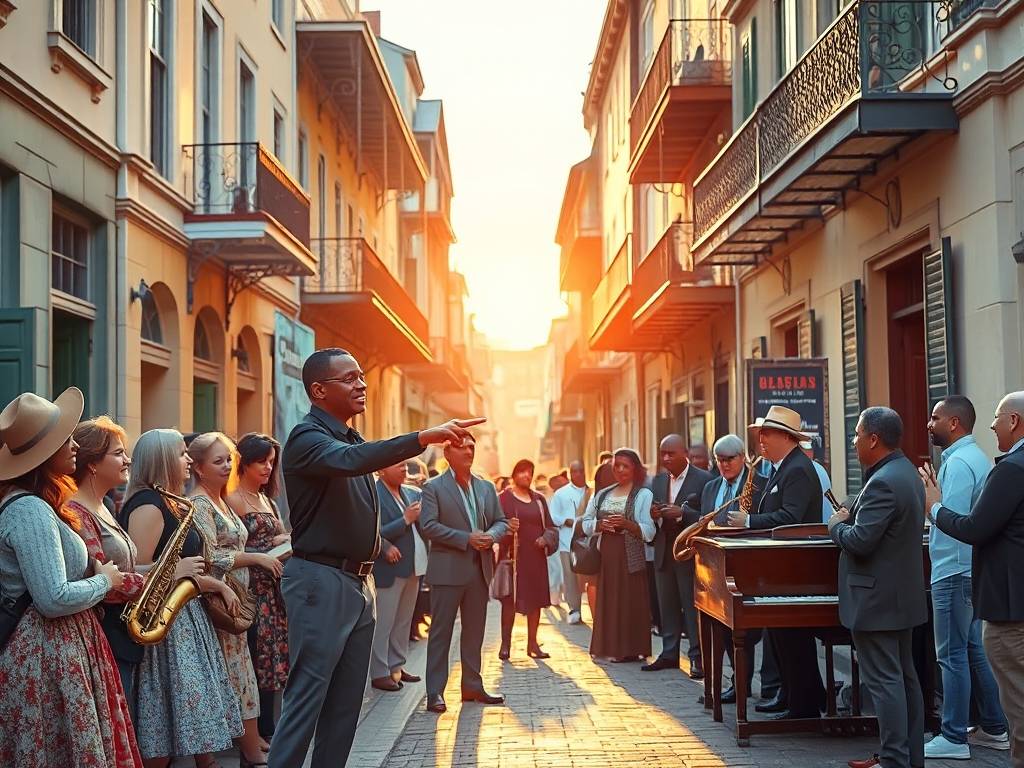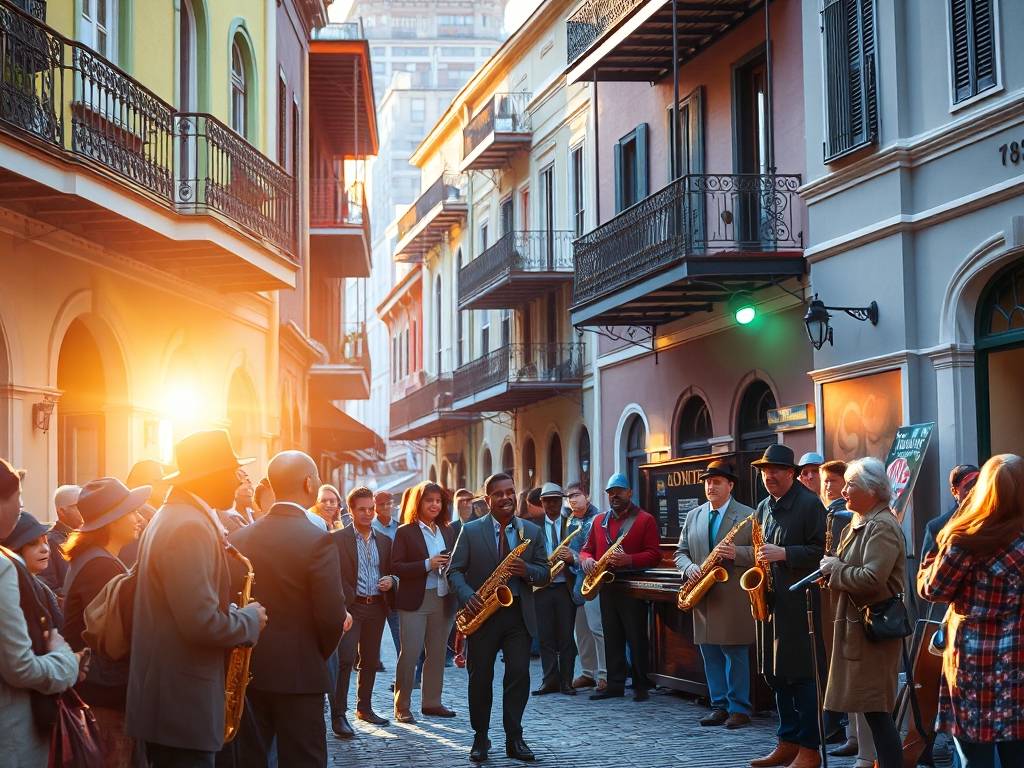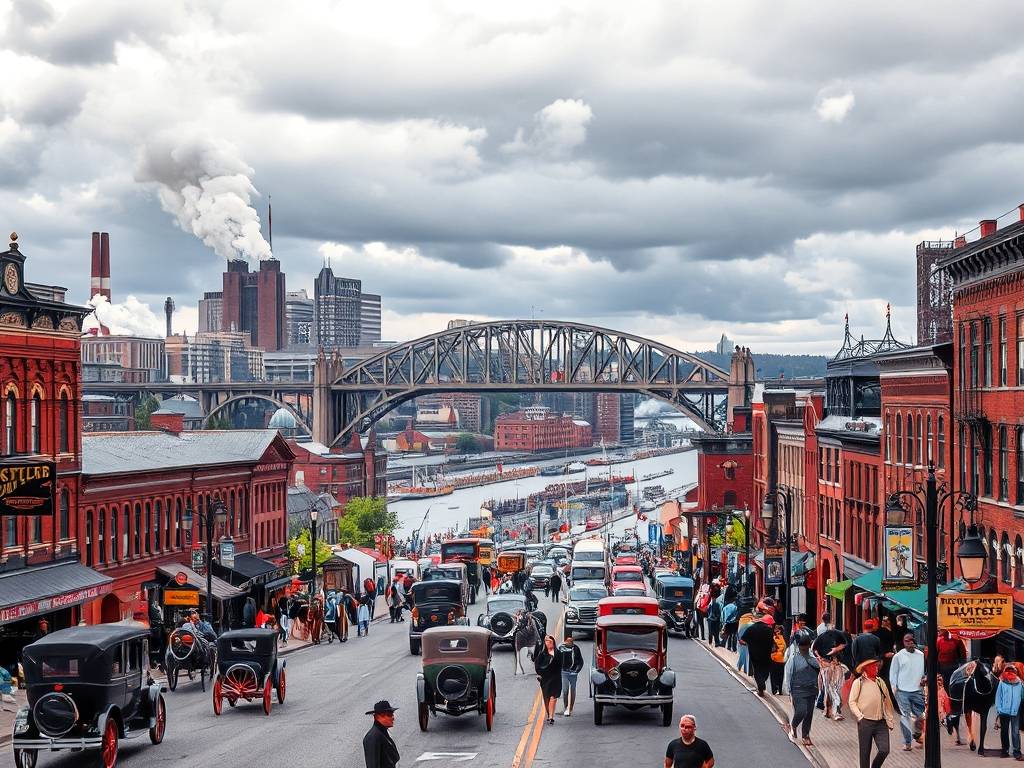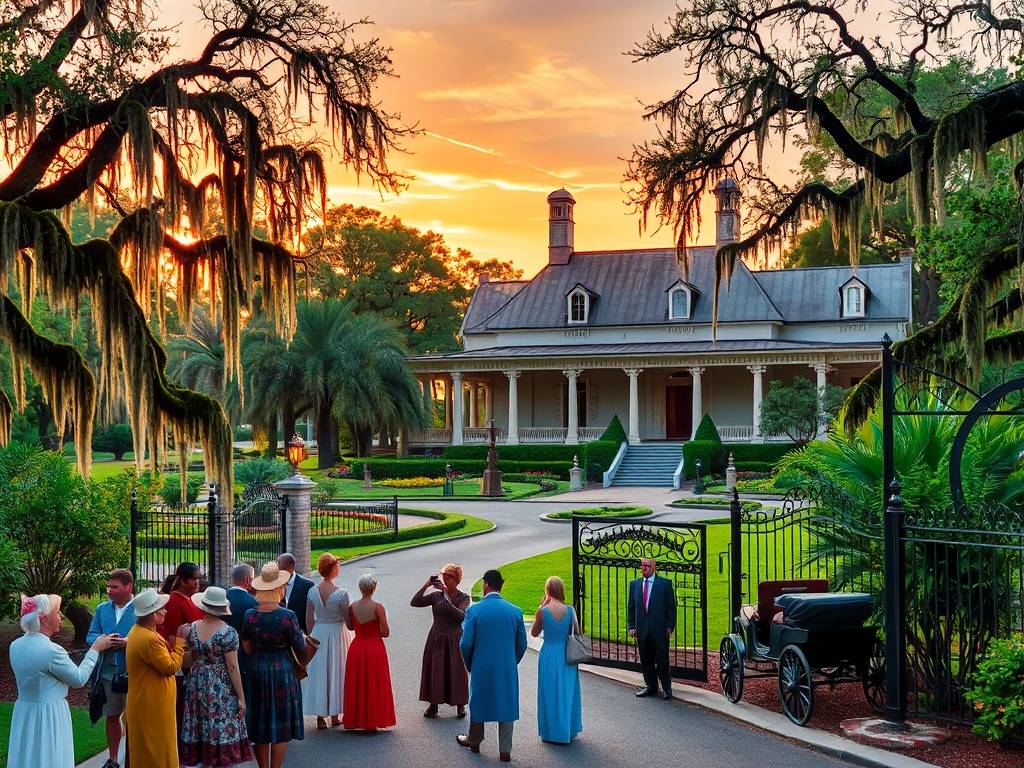USA Travel
US Travel: Jazz History Walks in Louisiana’s New Orleans French Quarter
A Rhythmic Pilgrimage: Tracing the Soul of Jazz in New Orleans' French Quarter
There’s a certain magic that hangs in the humid New Orleans air, a palpable energy that seems to vibrate from the very cobblestones underfoot. Nowhere is this sensation more profound than in the historic French Quarter. While the district is famed for its iron-lace balconies, beignets, and vibrant nightlife, to walk its streets is to traverse the very birthplace of America’s greatest cultural export: jazz. This isn't just a sightseeing tour; it's a rhythmic pilgrimage into the heart of a living, breathing musical history. For any traveler with a soul for music, a Jazz History Walk through the French Quarter is an essential, unforgettable journey.
The story of jazz is the story of New Orleans itself—a melting pot of African rhythms, Caribbean melodies, European military band instruments, and the profound, aching beauty of the spirituals and field hollers born from the African American experience. It was in the late 19th and early 20th centuries, in the crowded, culturally dense neighborhoods of this city, that this unique alchemy occurred. The French Quarter, or Vieux Carré, was the epicenter. To explore its historic jazz landmarks is to understand not just a genre of music, but a story of resilience, community, and innovation.

Your journey into the soul of New Orleans jazz might logically begin at the Old U.S. Mint. This imposing building on Esplanade Avenue, now a part of the Louisiana State Museum, houses a fantastic exhibition dedicated to the history of jazz. Here, you can see the original horn of the legendary Buddy Bolden—often called the first musician to play what we would recognize as jazz. The museum provides the crucial context, the "before," helping you appreciate the sonic revolution that was about to erupt just a few blocks away.
From there, let your ears guide you down the iconic Frenchmen Street, just a short walk beyond the Quarter's eastern edge. While Bourbon Street offers a commercialized version of the city's party spirit, Frenchmen Street is where the locals go. The air thrums with the sound of trumpets, saxophones, and trombones spilling out from clubs like The Spotted Cat Music Club, d.b.a., and Snug Harbor. This is the modern-day equivalent of the vibrant jazz club scene that thrived a century ago, a testament to the music's enduring power. Catching a live set here, perhaps from an up-and-coming brass band, is to participate in a tradition that has never been broken.
As you wander back into the heart of the Quarter, make your way to Preservation Hall. Established in 1961, this unassuming, even Spartan, venue on St. Peter Street has a single, sacred mission: to protect and perpetuate Traditional New Orleans Jazz. There are no fancy drinks, no air conditioning—just pure, acoustic, and breathtakingly powerful music. The long queues that form each night are a testament to its status as a must-visit New Orleans jazz venue. Sitting on the floorboards, feeling the harmonies of the collective wash over you, is as close to a time-travel experience as you can get. It’s a raw, authentic connection to the sounds of Sidney Bechet, George Lewis, and the countless musicians who kept the flame alive.
No exploration of the history of jazz in the French Quarter is complete without acknowledging the profound role of Congo Square, now part of Louis Armstrong Park just north of the Quarter. In the 19th century, enslaved and free people of African descent were permitted to gather here on Sundays to sing, dance, and play music. It was in this sacred space that the African rhythmic traditions, the very backbone of jazz, were preserved and publicly practiced. The complex polyrhythms played on drums, banjos, and other instruments in Congo Square are the direct ancestors of the syncopated "second line" rhythms that define New Orleans music today. Standing in this space is a humbling and powerful reminder of jazz's deep roots.
Of course, the name most synonymous with jazz is Louis Armstrong. While he was born in the more impoverished "Back o' Town" area, his spirit infuses the Quarter. He famously got his start as a boy, singing for pennies on the streets of the district. Imagine a young "Satchmo" on a corner like Bourbon and Canal, his gravelly voice just beginning to form. His later work with his Hot Five and Hot Seven bands in Chicago codified the language of jazz, but the seeds were planted right here. Following in the footsteps of Louis Armstrong in the French Quarter is to walk the path of a true innovator who changed the global musical landscape forever.
For a more structured guided jazz history tour in New Orleans, several excellent operators offer walks that connect these dots. Knowledgeable guides, often musicians or historians themselves, can point out forgotten historic jazz landmarks like the site of the Eagle Saloon and Odd Fellows Hall on South Rampart Street, once a bustling hub for Black musicians and audiences during the genre's formative years. They can explain the significance of "second line" parades and the social aid and pleasure clubs that sponsored them, turning the entire city into a moving concert. These guided tours provide a narrative thread that enriches the independent exploration.
As your day of discovery winds down, find a quiet moment in Jackson Square. With the grand St. Louis Cathedral as a backdrop, listen. You'll hear it—the distant wail of a trumpet from a nearby club, the syncopated beat of a street performer's drum, the joyful shout from a passing wedding party accompanied by a brass band. This is the living soundscape of New Orleans. The French Quarter is not a museum frozen in time; it is a vibrant, evolving community where the past is not just remembered, but actively played, sung, and danced every single day.
Your New Orleans French Quarter music tour is more than a checklist of locations. It's an immersion into a culture that gave the world a new way to feel music. It’s about understanding that jazz was never just notes on a page; it was, and is, the sound of freedom, of celebration, of mourning, and of life itself. So come with open ears and an open heart. Let the rhythm of the French Quarter move you, and you'll leave not just with souvenirs, but with the soulful, swinging heartbeat of the city forever a part of you.

相关文章
- US Travel: Backpacking in California’s Sequoia National Park
- US Travel: Colonial History Tours in Virginia’s Williamsburg
- US Travel: Civil War Battlefield Visits in South Carolina’s Fort Sumter
- US Travel: Native American Heritage Sites in Arizona’s Monument Valley
- US Travel: Revolutionary War Museums in Massachusetts’s Lexington
- US Travel: Historic Plantation Tours in Louisiana’s New Orleans Vicinity
- US Travel: Industrial Revolution Sites in Pennsylvania’s Pittsburgh
- US Travel: Gold Rush Museums in California’s Sacramento
- US Travel: Civil Rights Movement Tours in Alabama’s Birmingham
- US Travel: Victorian Mansion Tours in Rhode Island’s Newport
发表评论
评论列表
- 这篇文章还没有收到评论,赶紧来抢沙发吧~


